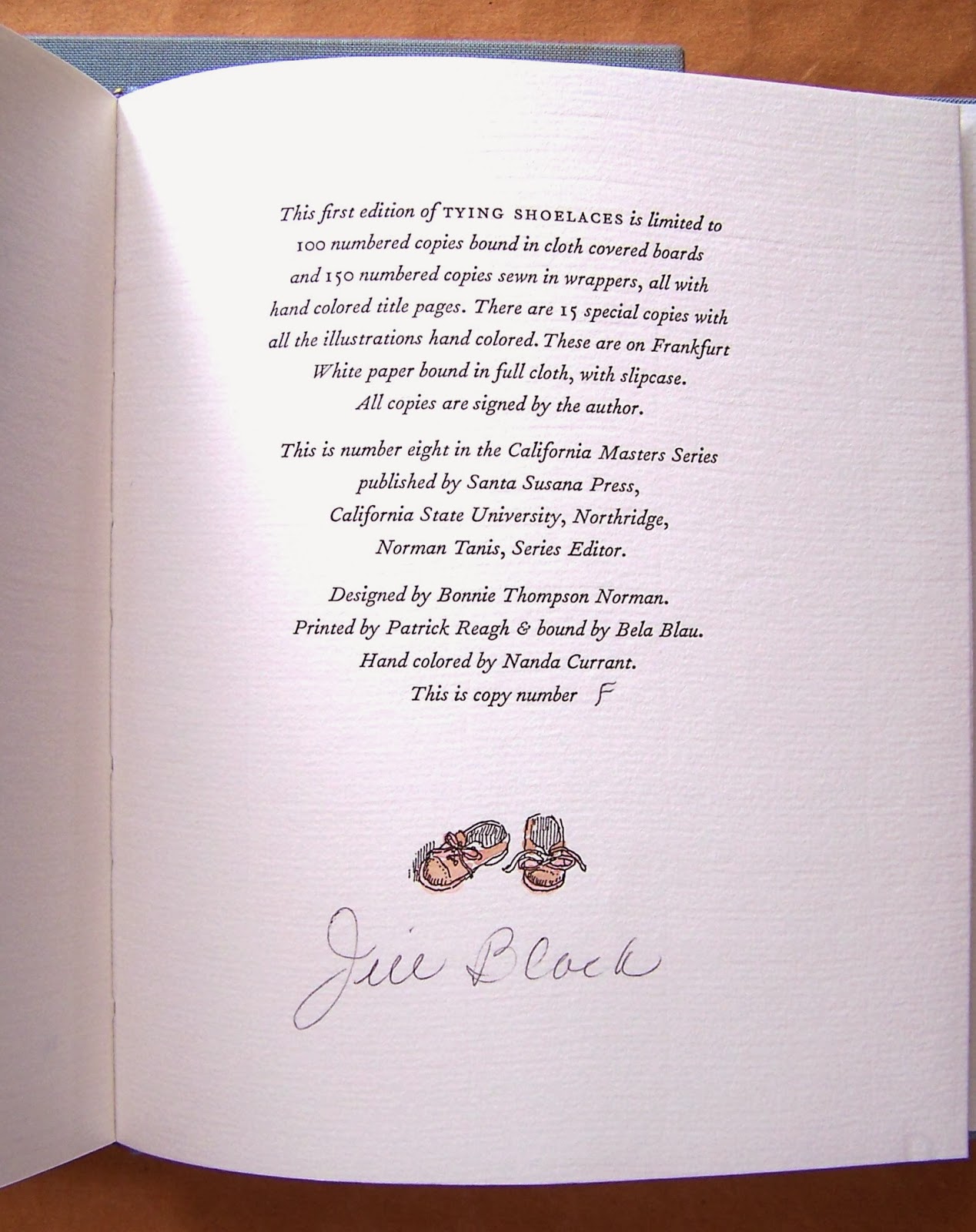American Football is a team sport. In team sports, it is not always possible to accurately assess the value of any single player's contribution to his team's success. Great players may play on mediocre teams, or average players may play on very good teams. The context of one's accomplishments in a team sport do matter, though truly great performers are usually recognized as such, even if based only on purely statistical measures. In football, the key positions are traditionally the quarterback, running-back, receiver, linebacker, and defensive back; but players at any other position may achieve prominence, and be appreciated for their superior play. Players whose job it is to handle the ball tend to draw the most attention, however, and it is they who become the usual focus of fans and the media. One minor exception is the punter or kicker. Once upon a time, it was common for kickers to do all of a team's kicking duties: kick-offs, punts, free kicks and field-goal tries. Over the years, these have become specialized, and today almost all place-kickers specialize as field goal kickers (who also do the kick-offs), with the punter only doing punting. Like field-goal kicking, punting has become a specialty. Usually a punter has no other function on the field. He's a little like a "closer" in baseball, a player whose sole purpose is to do a single thing in a specific situation, and nothing else.
Mediocre kickers are a dime a dozen. Even in the pros, kickers who were stars as college players usually do not have very successful careers. A kicker's "life" in pro football is usually very short, despite the fact that they suffer the least amount of physical abuse. Because of the job required of them, a kicker's maximum body profile tends to be a lot less bulky than his teammates. He's not expected to block, or tackle, or take hits. In fact, the rules now forbid "running into the kicker" since a kicker is in a very vulnerable position with respect to oncoming rushers, and there is a severe penalty for being flagged for that.
You would think that kicking, given that it involves only a couple of physical functions--catching the ball as it's hiked by the center, holding it in front of one's body, and kicking it as far as possible downfield--would be a simple thing to do well. Not so. To do it well, and consistently, is very difficult. In the first place, there is no room for error. A kicker can't move to elude oncoming rushers. He has only a hectic second or two to execute his play. Clearly, getting even a poor kick successfully in the air is better than not getting it kicked at all, so the margin for error is usually razor-thin. In order to kick a ball so that the maximum amount of force is transmitted from the rising foot of the kicker, to the inert ball above, there must be a perfect collision. A slight deviation of impact will result in a "shank" or weak kick with shorter distance. Both height (length of "hang time") and distance are required for a superior kick. You want to force the opposing receiver to catch the ball as far back from the line of scrimmage as possible, and you want it to take as long as possible to reach him, in order to allow your teammates to run downfield to "cover" the receiver's return-attempt. And, of course, in cases where the field is "short" the kicker is required to attempt to kick the ball out of bounds as close to the end-zone line as he can, but without crossing it before going out of bounds, which necessitates accuracy as well as control of force.
Most teams settle for mediocre kicking, and work to overcome the deficits which result. "Field position" is regarded as a strategic approach which is less important than having a superior offense or defense. "Short field" drives are obviously easier than long (sustained) ones, but short field approaches are typical of defensive-oriented teams, generally. Playing for position is like playing poker, whereas in the world of high-power pro offenses, a good passing game can make playing for position an inappropriate choice. The most crucial situation involving the kicking game is when a team is backed up almost to its own goal line, and must punt out of its own end-zone. A safety is always a risk in these circumstances, and no kicker wants to get caught for the dreaded two-points--or even, god forbid, a touchdown. The ability to kick for distance when "backed-up" can mean the difference between winning and losing a game.
Andy Lee has been the 49ers punter now for nine years. In each of his nine seasons, he's been a stand-out, qualifying for All-Pro status three times. He's always among the leaders in average yards, and hang-time, and his efficiency is nearly perfect--he never gets tackled, and always gets his kick away. For a decade, the 49ers have had the luxury of not having to worry about their punting game. Punters come and punters go, but good ones are hard to come by. When you have one like Lee, you feel blessed. One very vital aspect of your franchise is taken care of, reliable. In professional sports, reliability is usually in short supply. Which is why Andy Lee is a star, in a role that most fans usually don't appreciate, or appreciate enough. Over time, a great punter may actually account for several wins, singlehandedly. That's a rare gift, a claim that only a great quarterback, or a star running-back can make.






























































